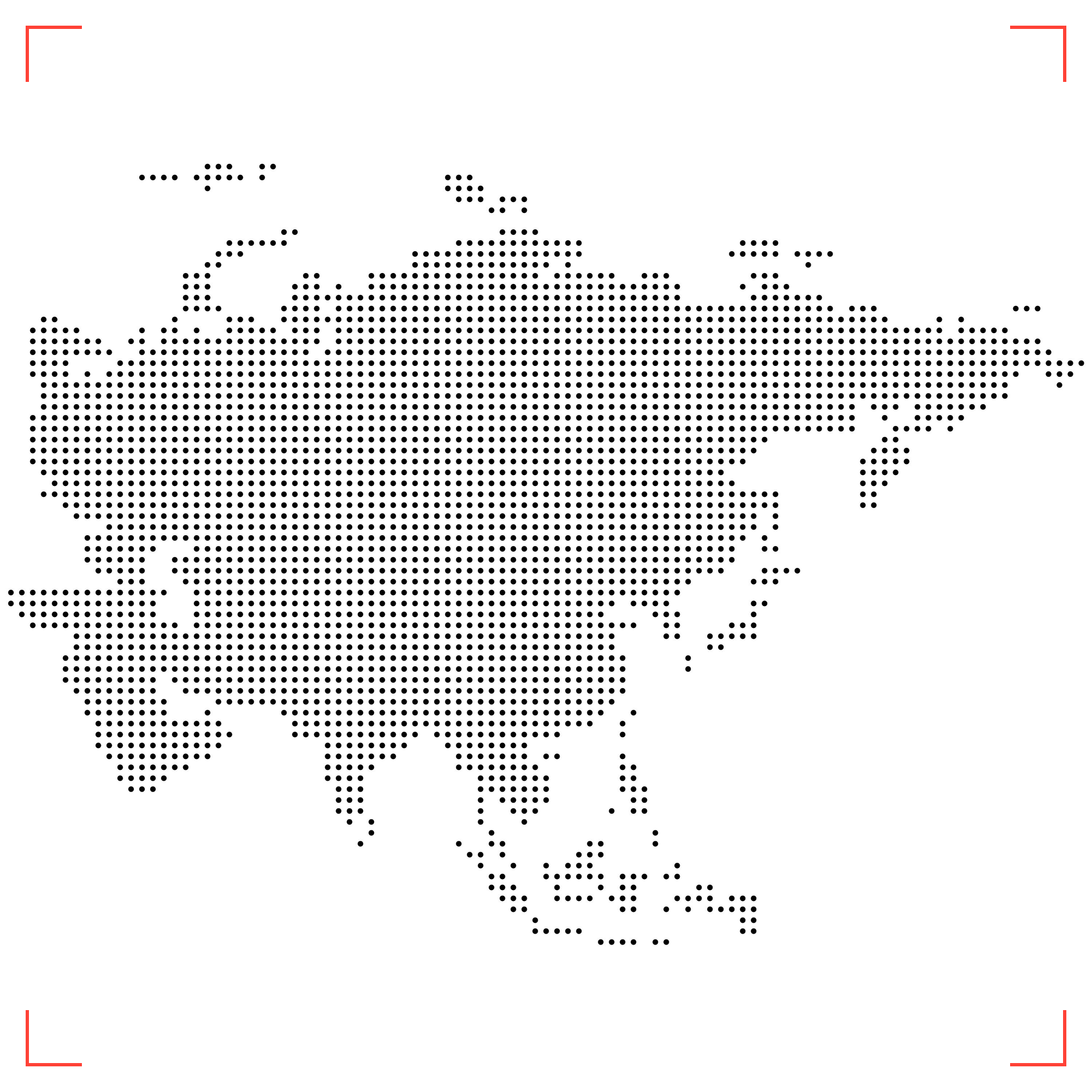Myanmar Earthquake SpecialREPORT
RileySENTINEL SpecialREPORT - Expanded Report for the central Myanmar Earthquake

Table of Content
Remaining content is for members only.
Please become a free member to unlock this article and more content.
Subscribe Now